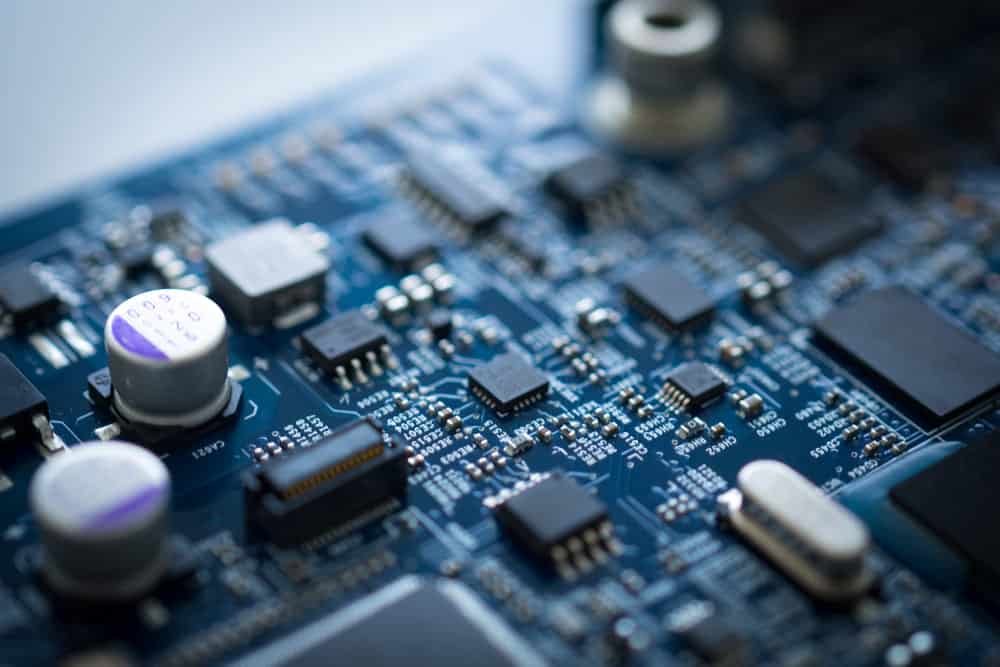
In computing, the memory in your system is the device that stores all the information on itself. Hard disks and RAM are examples of these devices. Though, there is a huge difference between these two.
Hard disks store the information and data that you want to store on your system. On the other hand, RAMs are used to store data from your applications which is all done by the computer itself.
While you are using different programs, all the information from them is stored in your memory speeding up the workflow. Without RAM sticks or sufficient memory, your computer will be unable to store the data from these applications.
Which is a result that will stop your system from working at all. Additionally, all the data of RAMs is temporary so it is cleared once you exit the program you were previously using.
What Is Onboard Memory?
When installing RAM sticks on your computer system, you should keep in mind that there are many different versions of these devices. While the frequency and generation of RAM are things that you have to check for compatibility and performance. There is a total of 3 different types of these sticks. One of these is DIMM modules that are also known as RAM sticks.
You can install these on standard computer systems. The second one is the SODIMM module which is a smaller version of the previous module. These sticks are installed in laptops instead of computers because of their small form factor. Although people are usually aware of both of these types of RAMs. The third one that you might not know about is onboard memory.
These are RAM sticks that have been soldered onto the motherboard of your device. Considering this, you cannot replace these like the previous versions and will have to utilize them as they are. In most cases, ultra-books and extremely thin laptops use these memory sticks on their devices. This is because of the memory being fixed onto the motherboard reducing the space normal sticks take.
When talking about the performance of these memory sticks, it is almost the same as standard RAM and there is no difference between these. The only downside to having these sticks is that you cannot replace or upgrade them. But people who do not want to replace their RAMs will have no issues with using onboard memory.
What to Do If Onboard Memory Runs into Issues?
Now that you understand what onboard memory is and how it works. You should note that if you have any issues with these devices then you cannot fix the problem like you would with standard sticks. Alternatively, you will have to take your device directly to the manufacturer or a repairing center. If your laptop is still under warranty then you can utilize it to get your memory replaced.
However, in most cases, it is quite rare for your memory to run into problems. This is why it is important that you properly troubleshoot the system. This is because the issue will most likely be from some other part instead of the onboard memory.